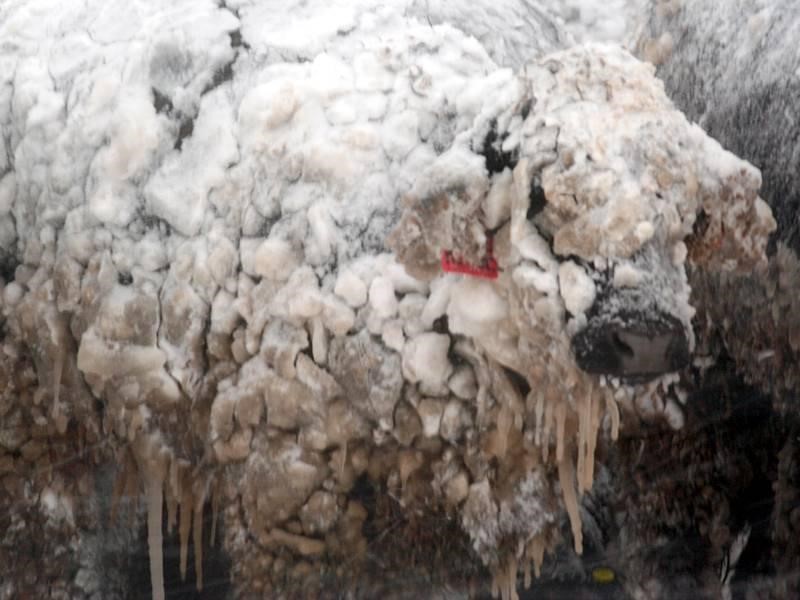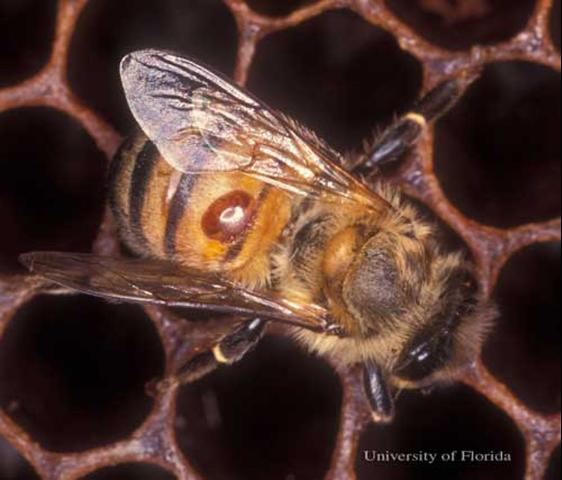
by Judy Biss | May 16, 2014
The Bee Informed Partnership, in collaboration with the Apiary Inspectors of America (AIA) and the United States Department of Agriculture (USDA), conducted their eighth annual national survey of honey bee colony losses. Their preliminary summary report from the...

by Doug Mayo | May 9, 2014
The University of Florida IFAS Extension offers a database of fact sheets available for free download on the Internet called EDIS (Electronic Data Information Source) that has many publications of interest to farmers and ranchers in Northwest Florida. Each fact sheet...

by Doug Mayo | Apr 25, 2014
On April 15th, Agriculture Secretary Tom Vilsack announced eligible farmers and ranchers may sign up for U.S. Department of Agriculture (USDA) disaster assistance programs restored by passage of the 2014 Farm Bill. “We implemented these programs in record time...

by Roy Carter | Mar 14, 2014
The varroa mite, Varroa destructor is the world’s most devastating pest of Western honey bees, Apis mellifera. Although the varroa complex includes multiple species, Varroa destructor is the species responsible or the vast majority of the damage attributed to mites...
by Doug Mayo | Jan 6, 2014
[warning]The National Weather Service is forecasting wind chills below freezing for 48 hours from Monday night through Wednesday, with possible single digit wind chills on Monday and Tuesday nights.[/warning] The following is the NWS forecast for Marianna for Monday...
by Doug Mayo | Jan 3, 2014
The University of Florida IFAS Extension offers a database of fact sheets available for free download on the Internet called EDIS (Electronic Data Information Source) that has many publications of interest to farmers and ranchers in Northwest Florida. Each fact sheet...





